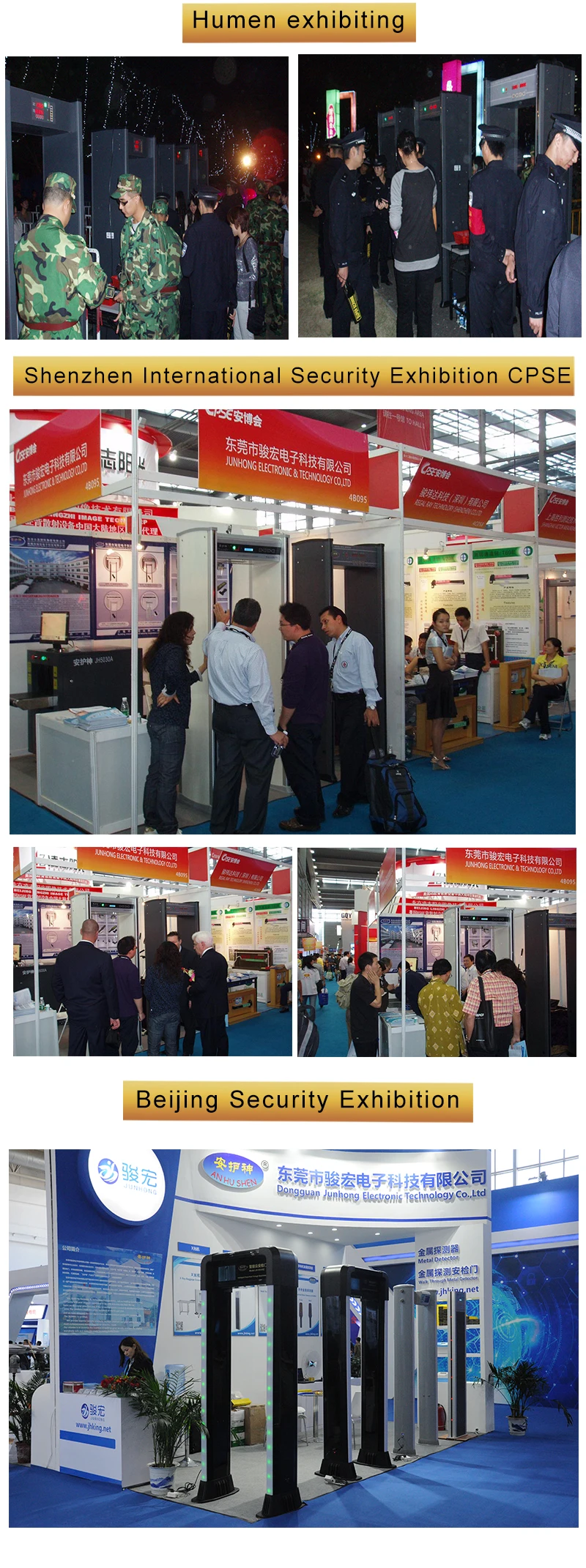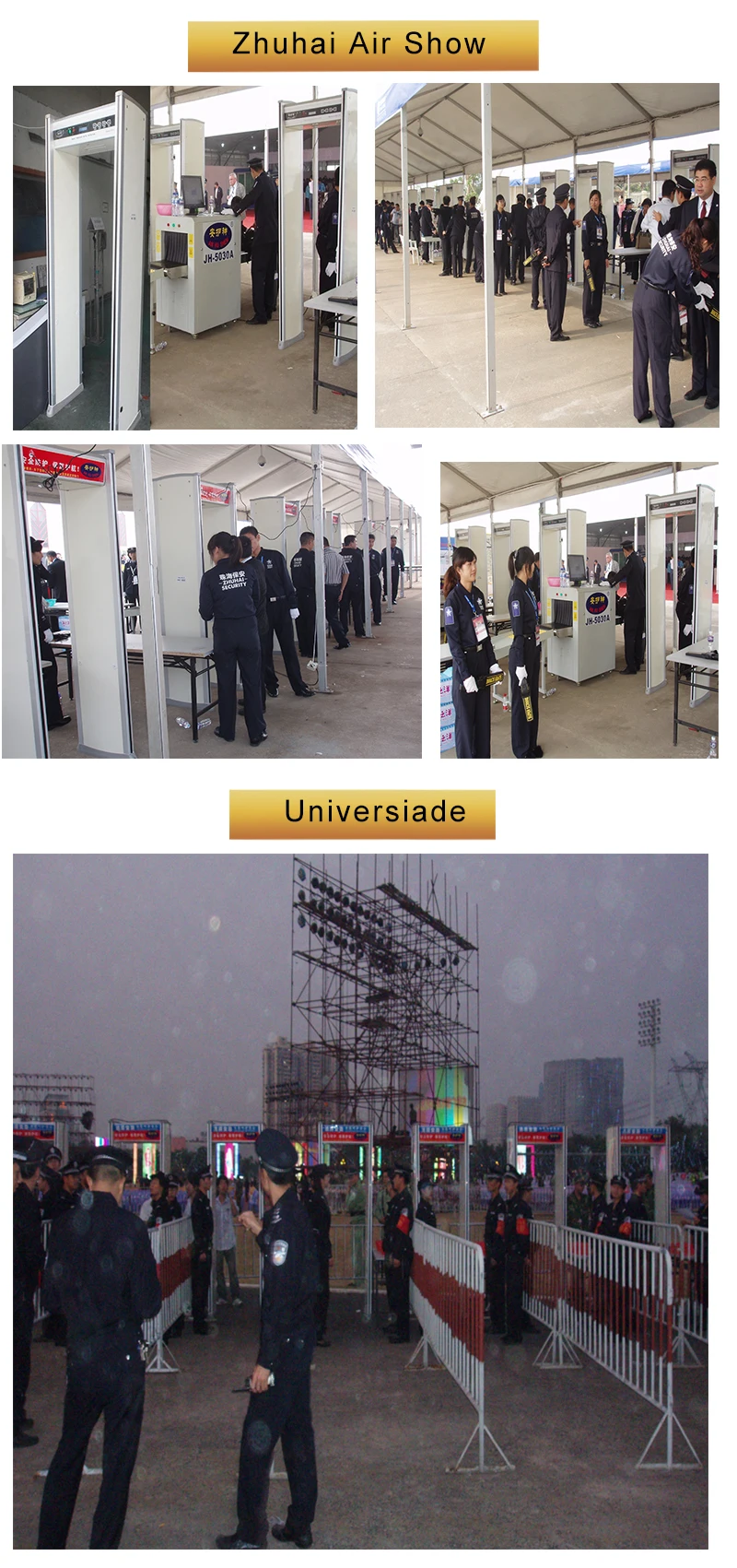Price: 306.88 - 276.19
| Application | Coin, Relic, Jewellery, Beach & Gold Prospecting |
| Technology | VFLEX |
| Frequency | 18kHz |
| Coil (standard) | 8.5×11 inch. 560 grams |
| Audio Output | Internal speaker & 6.35mm (1/4") headphone jack. |
| Headphone | Optional accessory. |
| Visual Display | Large monochrome 76mm x 37mm (3" x 1.75") transflective LCD. |
| Backlight | Yes. |
| Memory | Remembers user settings even if batteries are removed. |
| Detect Modes | Coin and Treasure & Prospecting. |
| Discrimination | Four factory Discrimination patterns that can be personalised, All Metal & Iron Mask. 28 segment Discrimination scale. |
| Audio tone | 1, 2, 3, 4 & Multi (28). |
| Ground Balance | Manual 1 to 90, Automatic, Beach, Tracking & Tracking Offset. |
| Pinpoint | Two modes: Automatic & Sizing. |
| Sensitivity Adjust | Adjustable (1 to 30). |
| Tune / Noise Cancel | 5 Channels (-2, -1, 0, 1, 2), Manual & Automatic. |
| Threshold | Adjustable (-5 to 25). |
| Target Volume Adjust | Adjustable (0 to 30). |
| Battery | 4xAA Alkaline/Carbon/Lithium or NiMH/NiCad (not included). |
| Low battery alert | Audio & visual alert. |
| Whole Length | 1270mm. |
| Weight | 2.51kg (excluded battery) |
| Warranty | 1 year for control box & coil. |
| Packaging | carton box size 55x25x10cm |
Quality assurance:
12 months against the manufacturing defects.


Shipping
INTERNATIONAL AIR MAIL
Payment
Fast Delivery
Different amount of time will be required for different
Junhong Electronic and Technology (Dongguan) Co., established in 2 0 0 5, who has been specialized in research and development of measurement instruments for 14 years. Supplying various of products range: Body Temperature Measurement System, Walk through metal detector, hand held metal detector, industrial metal detector, check weigher, underground metal detector, X-ray inspection machine, etc. All products are conform to U S and E U standard.Junhong has its own fabrication company to lower the cost of mechanical parts, and we in turn extend this discount to the customer. Most of all, we buy primarily from China reliable vendors and manufacture. Assembling at our at our headquarters and branches gives us direct control over quality and improved manufacturing efficiency, all this we pass onto the customer in lead time, reliability and value. The Junhong team is comprised of experienced professionals that are experts in the field of security protection, and know it's markets, applications and products firsthand. We do not just want to sell you a machine, we want to be your go-to source for answers – including how to choose the appropriate products. We also supply operator training, operation tips and more. We sincerely welcome customers from both at home and abroad to cooperate with us to develop friendly and mutually beneficial business relationships for long term.






Q1,How deep will a metal detector go?
A: This is the question most frequently asked. Unfortunately, it has no absolute answers. The following variables, in addition to your own detector's capabilities, all have an effect on the answer.
(1).Conductive properties of the soil: Heavily mineralized soil will tend to reduce the penetration power of your detector. Soil mineralization may vary greatly, and you may have to re-ground balance your detector to adjust for soil mineralization; unless, of course, your detector has automatic ground balancing. In this case, you may need to decrease sensitivity and/or increase discrimination on models like the GH-20 which has extraordinary sensitivity.
(2).The length of time an object is buried: Various chemicals in the soil have a corrosive action on metal. Some metals corrode faster than others. A modern zinc penny is attacked by these soil chemicals quite easily, whereas the action on copper and silver is much less, and corrosive action on gold is hardly noticeable, if at all. As these chemicals eat away at the metal, oxidation (rust) takes place, which is absorbed into the surrounding soil. This causes the soil to become more conductive, which in turn makes the metallic object appear larger than it actually is and easier to detect. This is known as the "halo effect."
(3).The size of an object: The larger the metallic object, the easier and deeper it can be detected. For example, a bucket can be detected much easier than a single coin. The more surface area seen from above, the deeper the metallic object will be detected.
(4).The shape of an object: Every metallic object reradiates at least part of the signal transmitted by your metal detector. In this way, objects function like additional antennas, and consequently their shape becomes important. Ring or loop-shaped objects lying flat, on or under the ground, produce the best results; flat or dish-shaped objects are similarly easy to detect. Rod-shaped items, especially when scanned end-on, are very difficult to detect.
Q2,How does discrimination work?
A: A better word for discriminator is perhaps "differentiator." At minimum or no discrimination, all metal within the detectable range is detected. As you slowly increase discrimination, small pieces of metallic trash and ground mineralization are ignored (rejected). As you increase the discrimination, pull tabs, small nails, foil, and even some good targets (such as gold rings and nickels) will be rejected. The best way to learn the discrimination points (the lowest discrimination setting at which an object is rejected) of your detector is to scatter some sample targets, such as coins, pull tabs, and foil on the ground from 1-2 feet apart. Starting at 0, or your detector's lowest discrimination point, scan each target. Gradually increase discrimination and record the results. With practice, you should be able to determine whether or not to dig by listening closely to the target signals.
Q3,What is the sensitivity control and how is it used?
A: The sensitivity control on metal detectors is probably the most misunderstood control on the instrument. Sensitivity is usually set to its maximum level and ignored. This does not always allow for maximum operation of the detector. To use an analogy, think of the sensitivity control as the throttle of a car. You don't drive everywhere at full speed. In fact, posted speed limits are for normal conditions. But what about rain, snow, or even high wind? Of course, you decrease your speed. Likewise, you should adjust your sensitivity control for varying conditions. Heavy ground mineralization, nearby power transformers, and nearby radio stations are all reasons to lower your sensitivity. Although you might experience a slight loss of depth, you may be losing more good targets than you think by listening to the false signals and chatter of high sensitivity.
Q4, How long of the warranty and how about your after-sale service?
A: All of our products normal warranty is 12 months.
We give necessary video guidance for daily problems, technical and engineer support is available, we will supply after-sale service in the metal detector whole use life, all of your emails will be replied within 12 hours.
